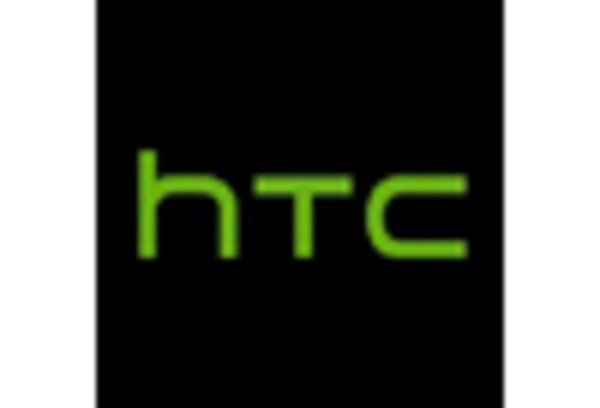Virtual Reality Headsets Size
Virtual Reality Headsets Market Growth Projections and Opportunities
Many factors determine the shape and direction of this market for virtual reality (VR) headsets. The rapid pace of technological innovation is one important factor. The rapid development of hardware and software means that VR headset makers can't afford to lag behind. There are also a wide range of technical factors that directly affect the competitiveness and appeal for VR headsets. These include higher resolution displays, better tracking systems, faster bus speeds and more powerful processors capable of delivering an even greater sense reality in the world viewed through them. Indeed, in this rapidly changing environment the companies with the edge are those which have integrated state of-the-art technologies into their products--those capable of drawing consumers 'attention and capturing market share. From the technical perspective, developments in display technology are helping VR headset users to enjoy more pleasurable visual effects. High-definition displays, higher refresh rates and wider field of view are becoming the norm. These means making virtual environments ever more realistic and aesthetically pleasing to look at. This trend coincides with the immersive nature of the industry, as people look to experience things that are ever-closer to real life. With advances in display technology, we can anticipate that VR headsets will soon deliver ever more lifelike and compelling images. Consumer adoption and acceptance are two very important market factors which have a significant influence on the future of VR headsets. How much users feel VR technology is becoming a part of their lives depends on notions like affordability, content availability and ease-of-use. Improving affordability, however, is especially important. Widespread adoption will require VR headsets that can reach users with different budget constraints. Besides this, one of the most important factors is simply compelling content--including games, applications and experiences. VR headset makers have to strike a balance between pricing products competitively, and having enough engaging content available in an ecosystem strong enough that sustained adoption can be ensured. Another new factor in the VR headset market is environmental sustainability. In recent years, as consumers become more environmentally conscious and expect companies to practice eco-friendly manufacturing and packaging processes. By aligning cooperation with consumer values, effectively solving environmental problems and adopting green technologies, manufacturers of VR headsets that emphasize sustainability may have the opportunity to build up a competitive lead in this industry.


















Leave a Comment